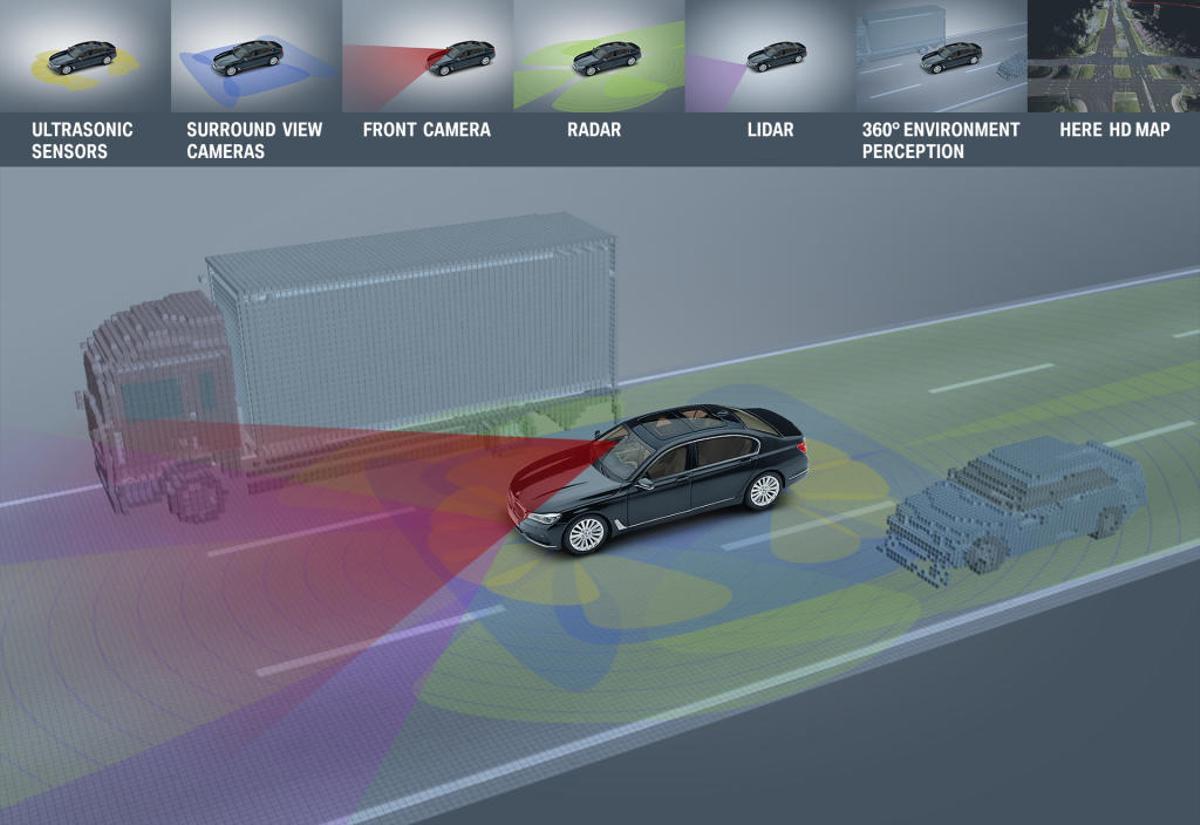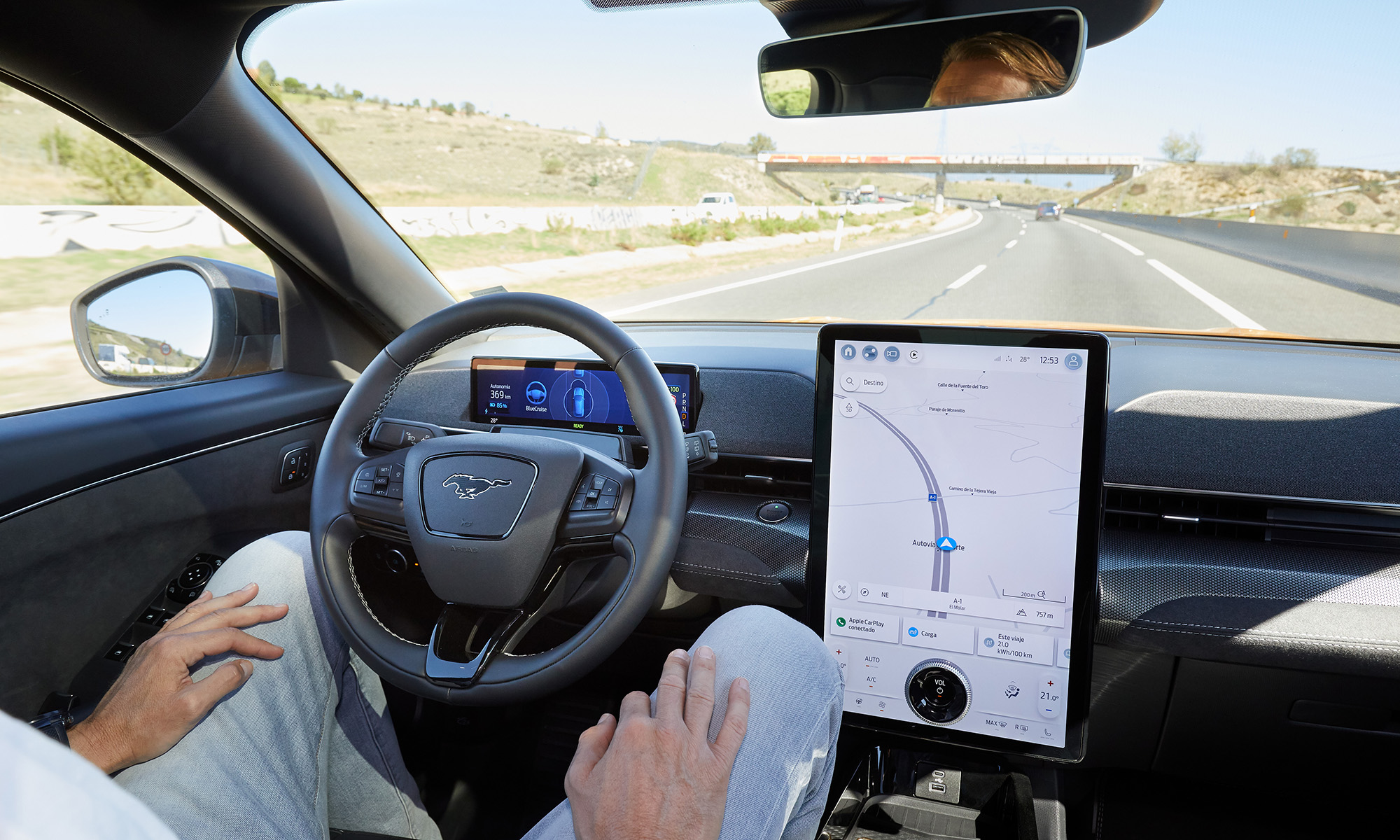Ads
Imagine a future where cars are true kings of the road, driving themselves, making intelligent decisions, and completely transforming our relationship with the roads. This future could be closer than you think. In this context, we'll delve into the exciting world of autonomous vehicles. We'll examine their capabilities, their impact on our lives, and how they are redefining the concept of "driving without limits." 🚘💫 In addition, we'll explore the implications of this revolution on our roads. How will our infrastructure and road signs change? Are we ready to share the road with these intelligent machines? When will autonomous vehicles truly be kings of the road? Finally, we'll reveal the latest trends and predictions for when these cars will dominate our streets. Get ready for an exciting journey into the future of driving, where technology and innovation will take us beyond the limits we know. Go ahead, let's embark on this exciting journey together! 🚀

Ads
Technology and autonomous vehicles
The technology has been advancing at an accelerated pace, and one of the sectors that benefits most from these advances is that of autonomous vehiclesThese vehicles are capable of driving themselves, without human intervention, thanks to a series of sensors and algorithms that allow them to interpret and react to their surroundings.
Autonomous vehicles use advanced sensors, artificial intelligence, and machine learning to navigate safely. Their implementation promises to reduce accidents, optimize traffic, and improve mobility, revolutionizing transportation and logistics in the coming years.
Sensors and algorithms
Sensors are a fundamental part of autonomous vehicles. They are used to detect various objects and road conditions, such as other vehicles, pedestrians, traffic signs, etc. The most common sensor types include: lidar, radar, cameras and ultrasonic sensorsThese sensors generate a large amount of data, which is then processed by algorithms to make driving decisions.
Ads
Impact on roads
The impact of autonomous vehicles on the roads will be significant. They are expected to improve the road safety, reducing the number of accidents caused by human error. They could also increase traffic efficiency, as they can be programmed to follow optimal routes and avoid traffic jams.
Accident reduction
According to statistics, most traffic accidents are caused by human error. Autonomous vehicles have the potential to drastically reduce these accidents, as they are not affected by human factors such as fatigue, distractions, or alcohol.
Improving traffic efficiency
Autonomous vehicles can also contribute to improving traffic efficiency. Thanks to their algorithms, they can calculate the most efficient routes and adapt to traffic conditions in real time.
When will they be the kings of the asphalt?
Although autonomous vehicles are already here, there is still a long way to go before they become the "kings of the road." There are numerous challenges to overcome, including technical, regulatory, and public acceptance issues.
Technical challenges
Although autonomous vehicle technology has advanced significantly, there are still technical challenges that must be overcome. For example, sensors and algorithms still struggle to handle certain situations, such as adverse weather conditions or interpreting unclear traffic signs.
Regulatory issues
Regulatory issues are also a major obstacle for autonomous vehicles. Regulators around the world are struggling to create a legal framework that can accommodate this new technology.
Public acceptance
Last but not least, there is the issue of public acceptance. Although autonomous vehicles have the potential to offer numerous benefits, many people still have reservations about their use.
The future of autonomous vehicles
Despite these challenges, the future of autonomous vehicles looks promising. Advances in technology are constantly being made, and more and more companies are investing in this sector.

Advances in technology
Advances in technology are accelerating the development of autonomous vehicles. Artificial intelligence algorithms are improving, sensors are becoming more accurate and cheaper, and communications infrastructures are evolving to support the enormous amount of data these vehicles generate.
Investment in the sector
More and more companies are investing in the autonomous vehicle sector, demonstrating their confidence in the technology's potential. Furthermore, many governments are also supporting its development through subsidies and tax incentives.
Potential for change
Autonomous vehicles have the potential to radically change the way we travel. Not only could they improve traffic safety and efficiency, but they could also offer new opportunities for people with reduced mobility and change the way we design our cities.
In conclusion, although many challenges remain, autonomous vehicles are here to stay. And while they may not yet be the "kings of the road," their future looks promising.
Conclusion
In short, autonomous technology and vehicles represent a revolution for the transportation industry and our roads. While there are still challenges to overcome—both technical, regulatory, and public acceptance—the future of these vehicles looks promising. They are capable of improving road safety by reducing human error and increasing traffic efficiency through the use of advanced algorithms. Although they are not yet the “kings of the road,” their presence is increasingly noticeable, and it is clear that they are here to stay. With constant technological advancements and increased investment in the sector, autonomous vehicles have the potential to radically transform how we move around and how our cities are designed. The day when these vehicles dominate the roads may be closer than we think, opening up a world of possibilities for safer, more efficient, and more accessible transportation for all. Therefore, we can confidently say that, although challenges exist, the future of autonomous vehicles is bright and full of opportunities.



